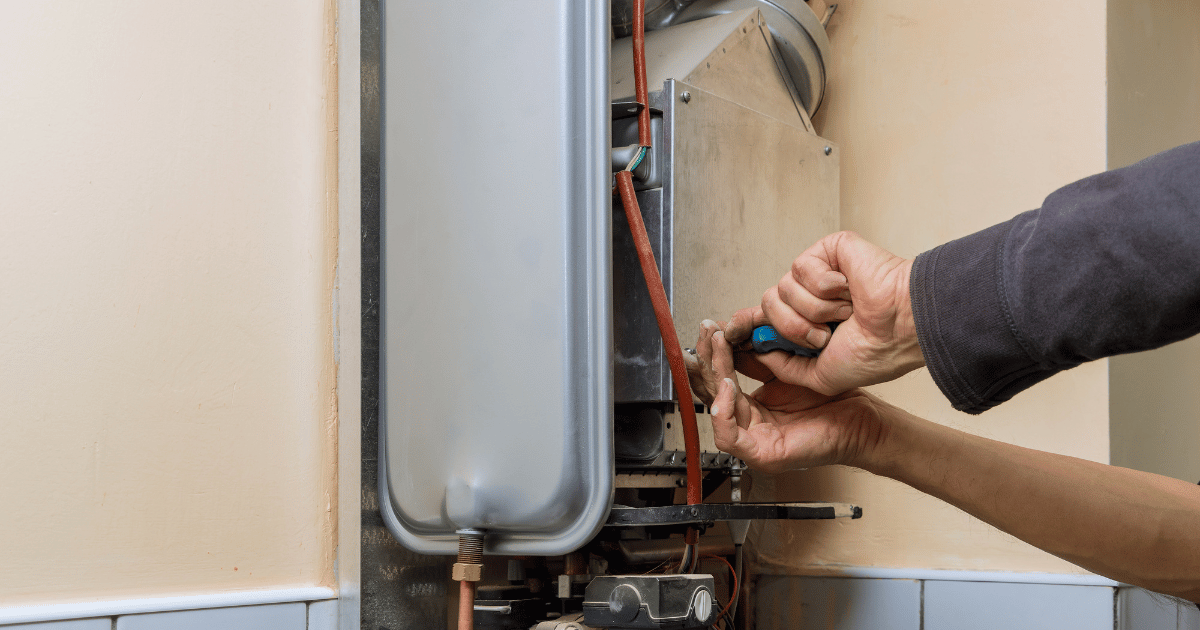How do you feel in regards to Tips on Maintaining a Water Heater?

Warm water is necessary for daily convenience, whether it's for a rejuvenating shower or washing meals. To guarantee your hot water system runs efficiently and lasts much longer, normal upkeep is essential. This write-up supplies practical suggestions and understandings on how to preserve your home's warm water system to prevent disturbances and costly repairs.
Intro
Keeping your home's hot water system may seem difficult, yet with a few basic actions, you can ensure it operates efficiently for many years ahead. This overview covers whatever from recognizing your warm water system to do it yourself maintenance ideas and knowing when to call in expert aid.
Significance of Preserving Your Hot Water System
Normal maintenance not just extends the life-span of your warm water system yet likewise guarantees it operates effectively. Ignoring maintenance can cause reduced performance, greater energy expenses, and even early failure of the system.
Indications Your Warm Water System Needs Upkeep
Understanding when your hot water system needs interest can protect against significant problems. Look out for indications such as irregular water temperature level, unusual sounds from the heating unit, or rusty water.
Recognizing Your Hot Water System
Prior to diving into upkeep tasks, it's helpful to recognize the basic parts of your hot water system. Commonly, this consists of the hot water heater itself, pipes, anode poles, and temperature level controls.
Monthly Maintenance Tasks
Routine month-to-month checks can help capture minor problems prior to they rise.
Purging the Hot Water Heater
Flushing your water heater gets rid of debris build-up, boosting efficiency and extending its life.
Monitoring and Changing Anode Rods
Anode rods avoid rust inside the container. Inspecting and changing them when worn out is crucial.
Examining and Changing Temperature Level Setups
Adjusting the temperature settings ensures optimal performance and security.
DIY Tips for Maintenance
You can do numerous upkeep jobs on your own to maintain your warm water system in top problem.
Looking for Leakages
Consistently inspect pipes and connections for leakages, as these can bring about water damage and higher expenses.
Checking Pressure Relief Valves
Evaluating the pressure relief valve ensures it functions correctly and stops extreme stress buildup.
Insulating Pipes
Shielding hot water pipelines minimizes warm loss and can conserve energy.
When to Call a Specialist
While DIY maintenance is beneficial, some concerns need professional experience.
Facility Concerns Calling For Professional Aid
Examples include significant leakages, electric troubles, or if your hot water heater is regularly underperforming.
Regular Professional Maintenance Benefits
Specialist upkeep can consist of complete inspections, tune-ups, and making certain compliance with security requirements.
Conclusion
Routine upkeep of your home's warm water system is crucial for performance, durability, and price financial savings. By adhering to these suggestions and recognizing when to seek specialist assistance, you can make certain a reliable supply of hot water without unexpected disturbances.
How to Maintain an Instant Hot Water Heater
Before tinkering with your hot water heater, make sure that it’s not powered on. You also have to turn off the main circuit breaker and shut off the main gas line to prevent accidents. Also turn off the water valves connected to your unit to prevent water from flowing into and out of the appliance. 2. When you’re done, you have to detach the purge valves’ caps. These look like the letter “T” and are situated on either side of the water valves. Doing so will release any pressure that has accumulated inside the valves while at the same time avoid hot water from shooting out and burning your skin. 3. When the purge valves’ caps are removed, you have to connect your hosing lines to the valves. Your unit should have come with three hoses but if it didn’t, you can purchase these things from any hardware or home repair shops. You can also get them from retail stores that sell water heating systems. Read the user’s manual and follow it to complete this task properly. When the hosing lines are connected, open the purge port’s valves. 4. You should never use harsh chemical cleaners or solutions when cleaning your unit. Make use of white vinegar instead. It should be undiluted and you’ll probably use about 2 gallons. 5. Now flush your water heater. This task should probably take about 40 minutes. We can’t give you specific directions for this because the procedure is carried out depending on the type, model and brand of your heater. With that being said, refer to the user’s manual. 6. When you’re done draining the unit, you have to turn off the purge port valves again. Remove the hosing lines that you earlier installed on each of the water valves. Put the valve caps (purge port) back in their respective places and be very careful so as not to damage the rubber discs that are found inside these caps. 7. Now that everything’s back in place, check your user’s manual again to find out how to reactivate your water heating system. 8. Once it is working, turn one of your hot water faucets on just to let air pass through the heater’s water supply pipes. Leave the tap on until water flows smoothly out of it. https://www.orrplumbing.com/blog/2014/september/how-to-maintain-an-instant-hot-water-heater/

I recently found that piece of writing on Tips on Maintaining a Water Heater while doing a search on the web. Sharing is good. Helping people is fun. We appreciate reading our article about Tips on Maintaining a Water Heater.
Additional Resources